Earlier this month, I entered into my second life quarter. It’s a scary thought, being 26, especially because I’m nowhere near ready to do what most other 26-year-olds are doing or will soon be doing: Getting a stable job, settling down, getting married, having children etc. That lifestyle is not for me (at least not yet), but that’s a topic for a different post (and one I could go on about for hours on end).
Turning 26 wasn’t bad at all though. I had my parents and grandmother with me as they’d come to Lolland to explore my temporary home with me. On my birthday, we planned out a special roadtrip across eight different islands in southern Denmark, all of which are connected by bridges and dams; Lolland, Falster, Farø, Bogø, Møn, Zealand, Langø and Masnedø. Three of them were firsts for me; Farø, Bogø and Langø, all located in the Ulvsund Strait between Zealand and Møn.
The tiny island of Farø
After driving through Lolland and Falster, we drove onto the first of the two Farø Bridges that connect Falster and Zealand with the tiny island of Farø as a stepping stone approximately mid-way across the Storstrømmen sound. As soon as we reached Farø, we left the highway behind and, as the only car, drove onto the island itself.
Farø is very small with a population of just four people, and there’s not a lot to see or do on the island. But we did make a quick stop along the road to stretch our legs, and so I could actually say that I’d been there. We found a great view of the Farø Bridges and, in the distance, we could also see the Storstrøm Bridge which we drove over later that day when returning to Lolland.
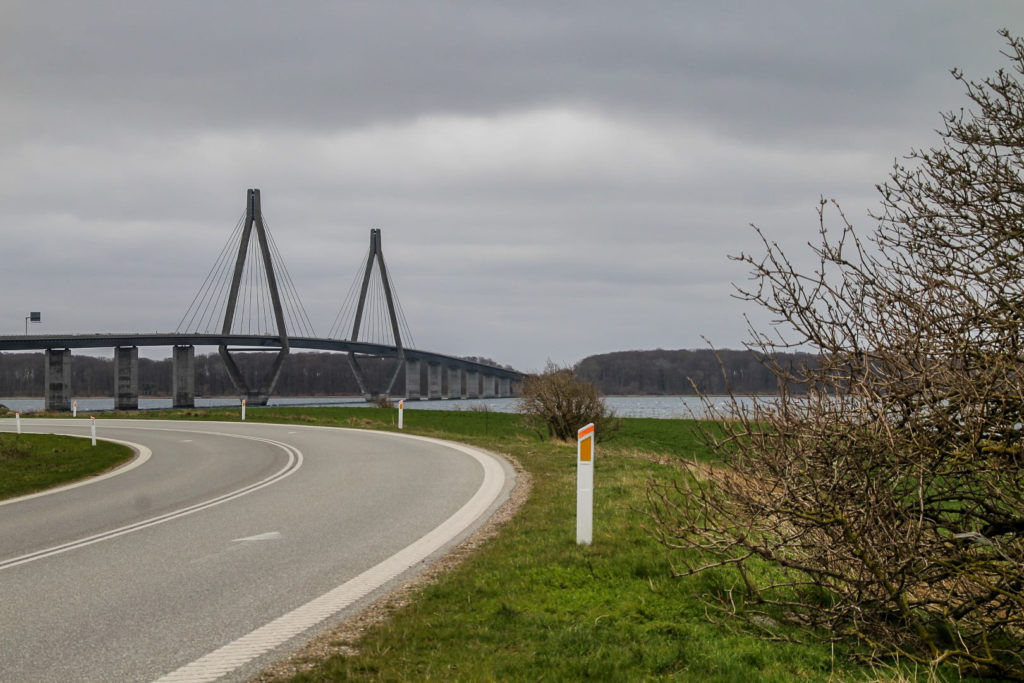
Over the causeway to Bogø
Farø is not only connected to Falster and Zealand, it is also connected by a causeway to the neighbouring island of Bogø.
Although still small, Bogø is much larger than Farø and is home to a population of just under 1,200 people. It also has a lot more touristic value than its neighbour, including a well-preserved Neolithic passage grave, an old windmill and a neat lighthouse that also serves as a shelter!
The lighthouse is located a few hundred metres from the causeway, and offers equally gorgeous views over the two aforementioned bridges.
The tiny lighthouse was built in 1895 and served for 90 years until 1985 when it was replaced by beacons on the newly built Farø Bridges. It was renovated in 2014 and turned into a rather special shelter. I didn’t know this before I walked up the steep staircase and saw the primitive beds and mattresses. I can only imagine how incredible it must be to sleep in an old lighthouse, especially with a gorgeous view like this one offers!
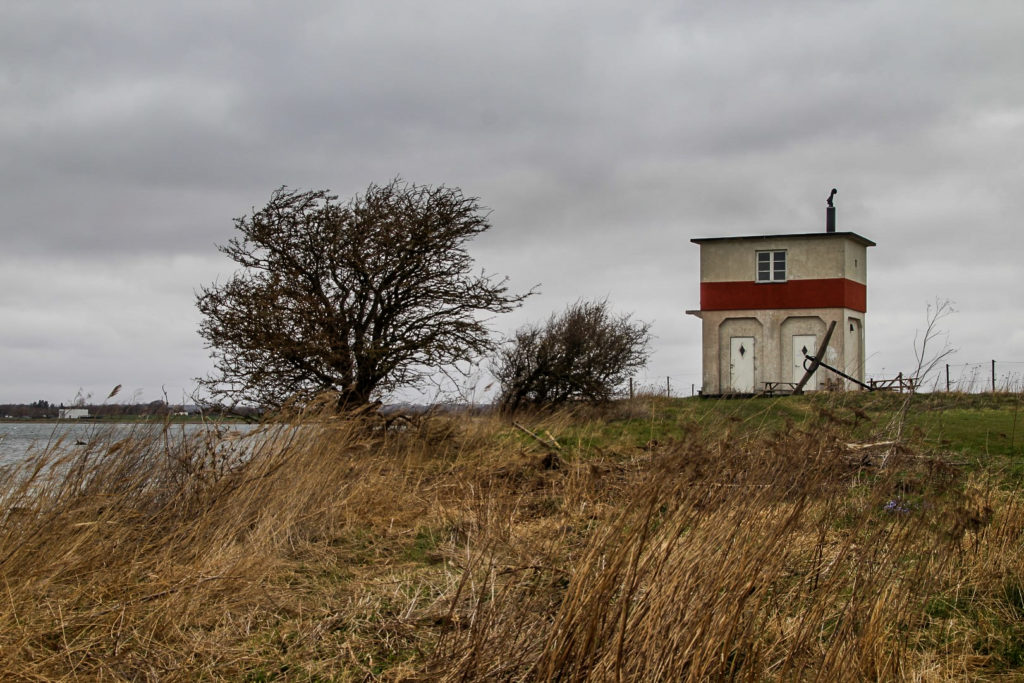
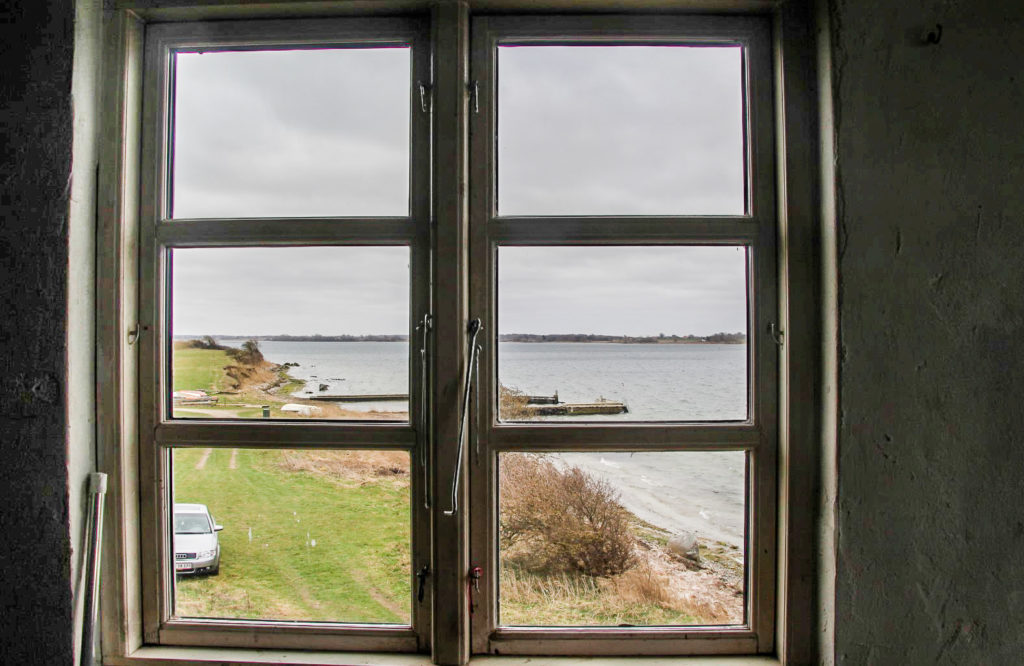
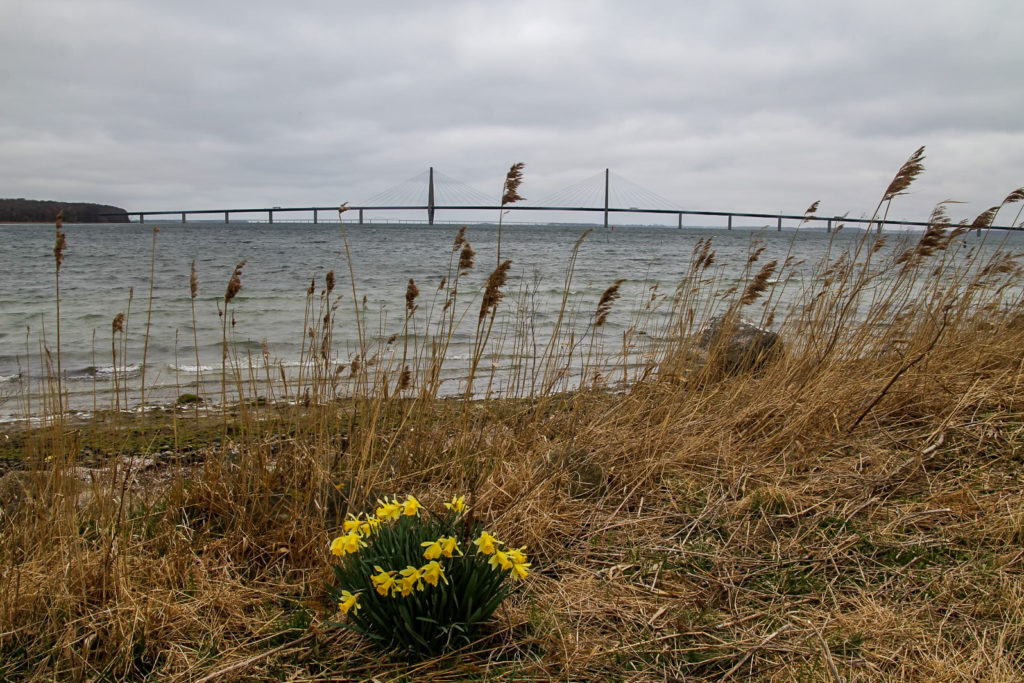
We continued our sightseeing of Bogø with a slow drive through the village, Bogø By, which is home to a Dutch windmill from 1852.
We stopped at the village church from the 13th century, and had a look around the north end of the quaint village, complete with several thatched half-timbered cottages.

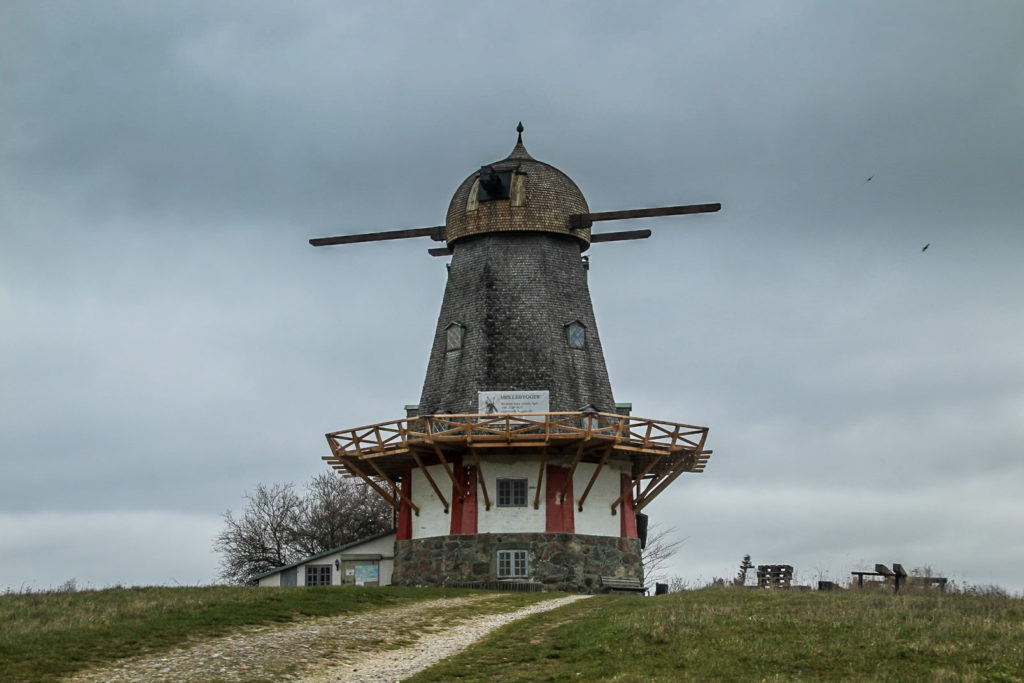
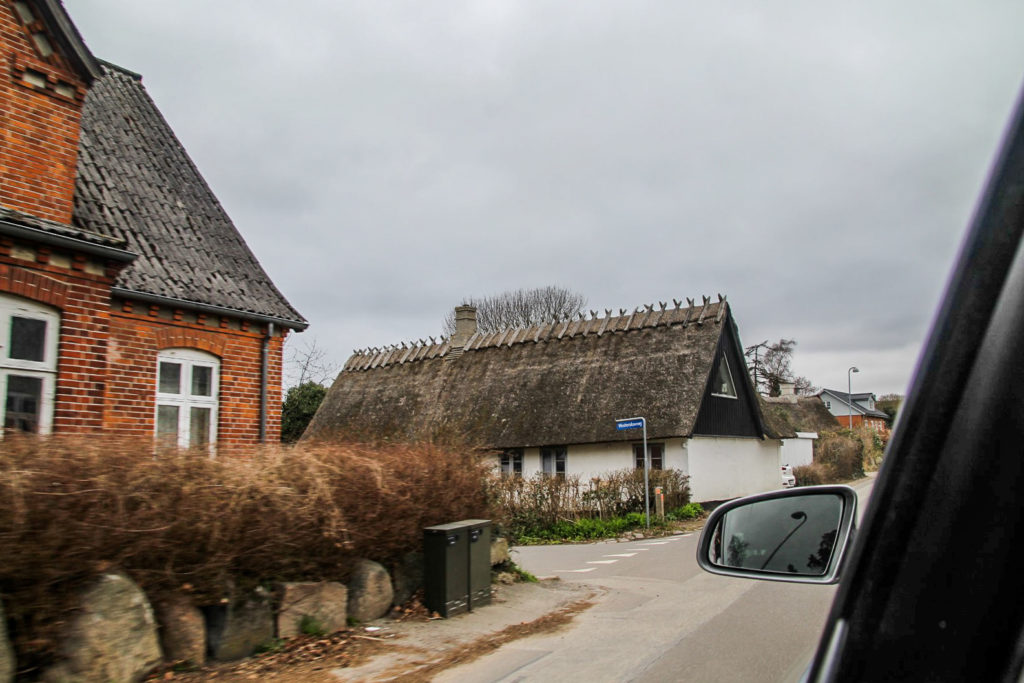
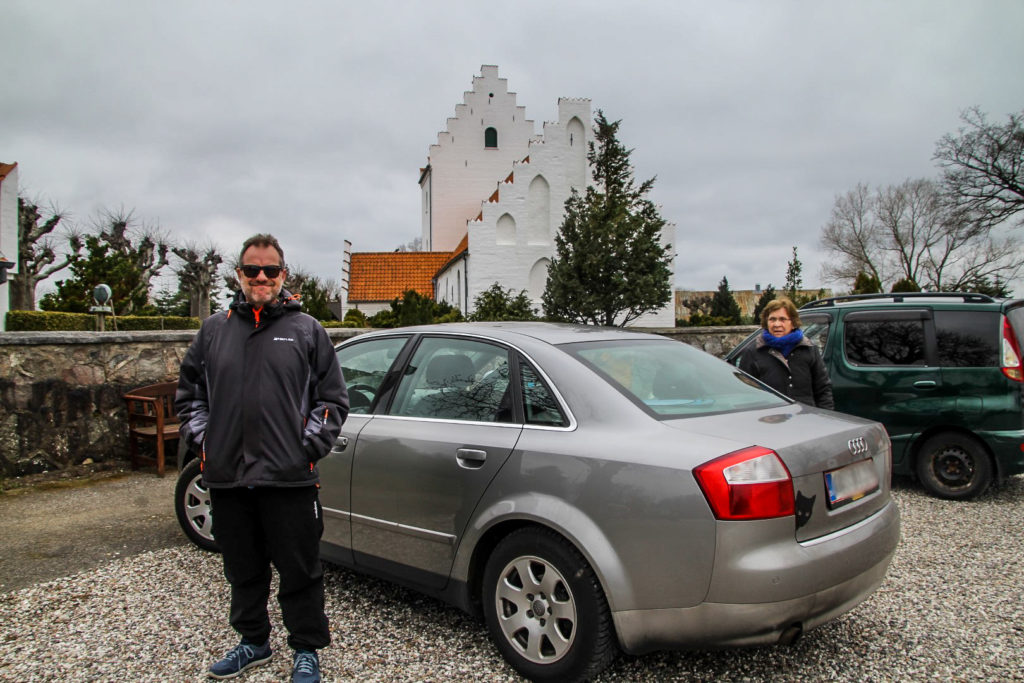
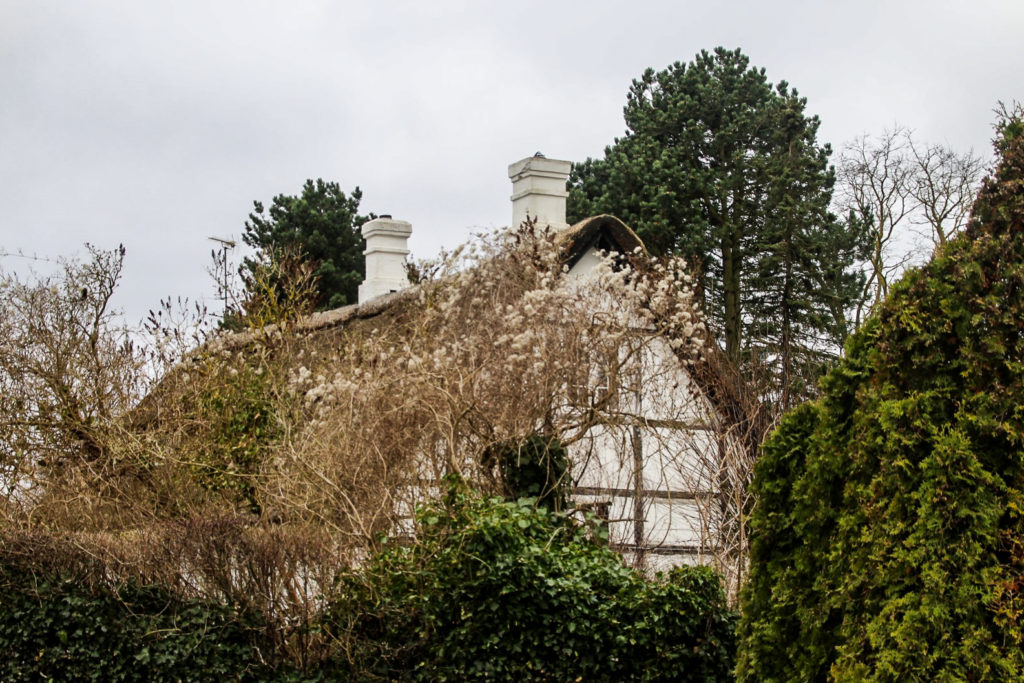
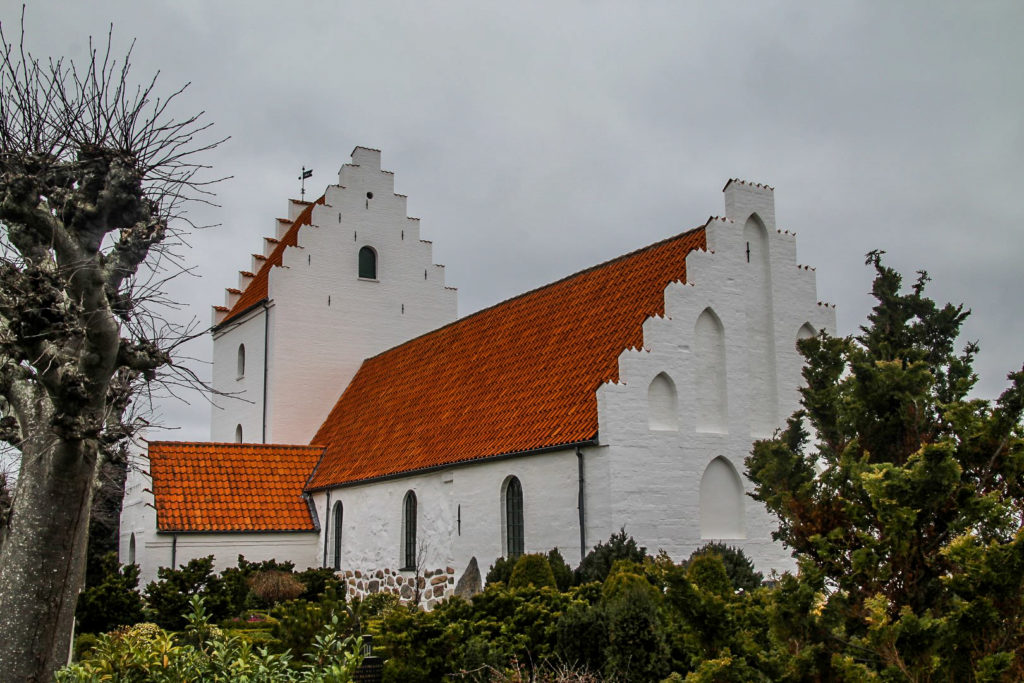

We then continued into Østerskov, the largest forest on the island, which is home to several megaliths from the Neolithic. One of these is a well-preserved passage grave, known as Hulehøj, estimated to have been built around 3200 BC.
As an archaeologist with a huge passion for (especially) the Stone Age, I love discovering places like this around the world. I’m lucky to live in Denmark, a country that is packed with passage graves, dolmens, ruins etc. The passage graves are my favourites – mainly because you can still go inside them without fearing that they’ll collapse on you. I mean, they’ve stood there for over 5000 years, so what’s the chance of them collapsing on you? The main danger is the giant spidsers that also love crawling around inside!
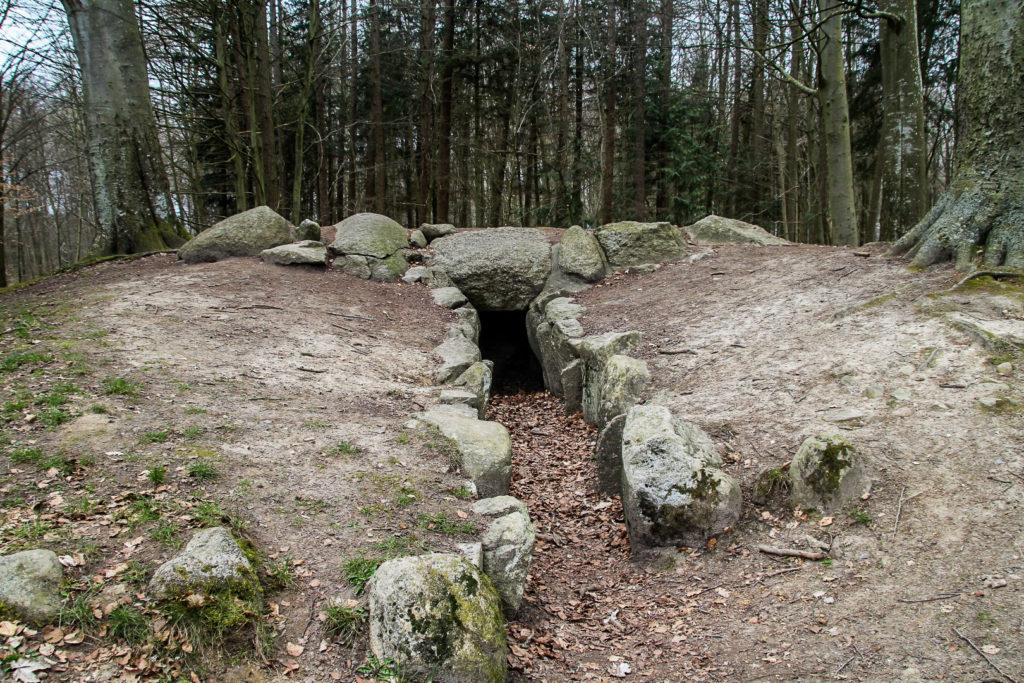
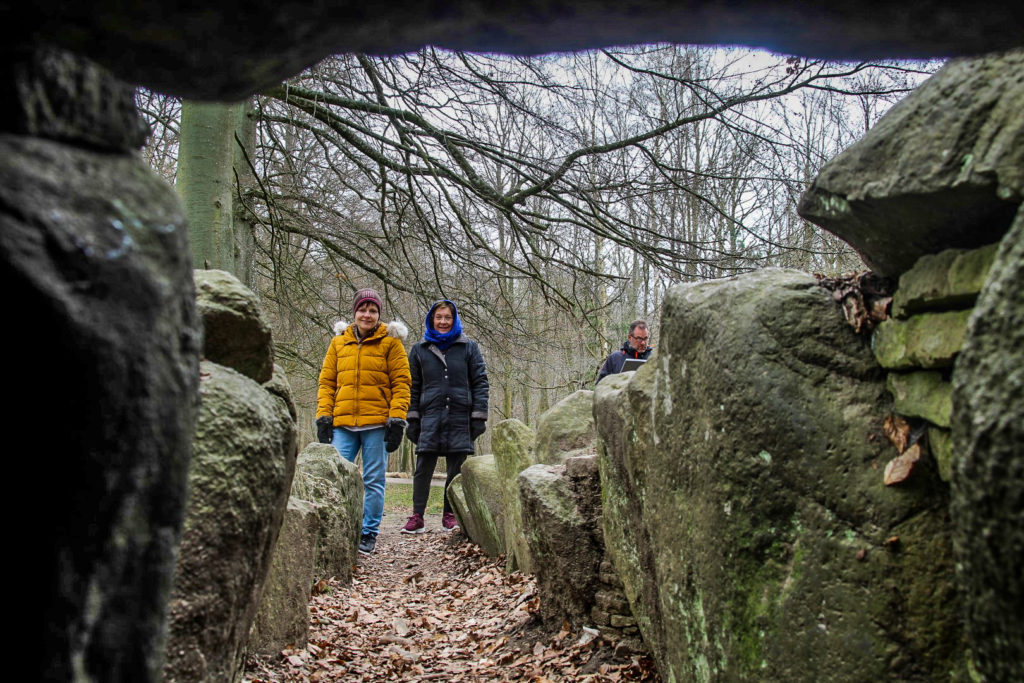
A walk over the dam to Langø
Our roadtrip continued over another causeway to the island of Møn, which I explored with my parents back in 2016. We only stopped for a short visit to a local flea market, and then drove over Queen Alexandrine Bridge to Zealand. We followed the southern coast of Zealand for a few kilometres until we reached the last causeway of the day, the one that connects Zealand with the tiny island of Langø.
Langø is privately owned and home to just two people, and driving isn’t allowed. We parked the car at a small harbour just before the 300-metre-long causeway, and walked over to the island. I was glad to finally be walking as we’d been sitting in the car most of the day – and walking is my favourite way of exploring!
I have to confess, I’d never even heard about Langø before that very day when I looked at a map and discovered it. But I’m really glad that we took the time to go there, as it turned out to be my favourite stop of the day. It was a fun experience to walk over the dam and enter the isolated island that has just two farms amongst vast arable lands, grasslands, meadows and ponds.
Unfortunately, we didn’t stay on the island for long, but I have a feeling I’ll be back someday. There are several hiking opportunities on the island, and there’s also another island nearby, the uninhabited Tærø, which I’m keen on visiting one day!
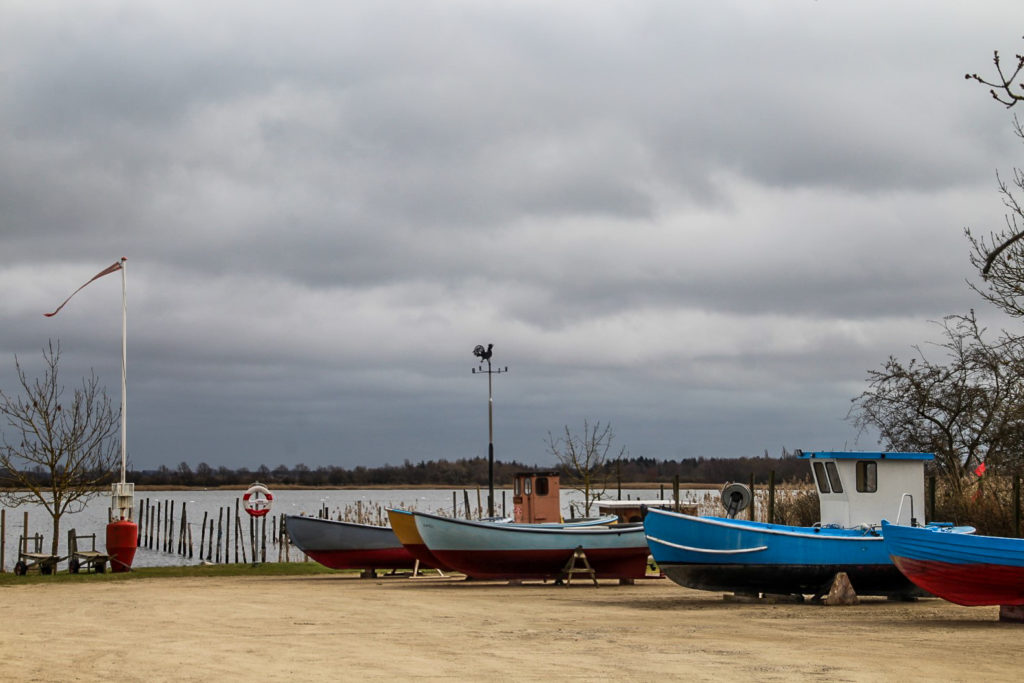
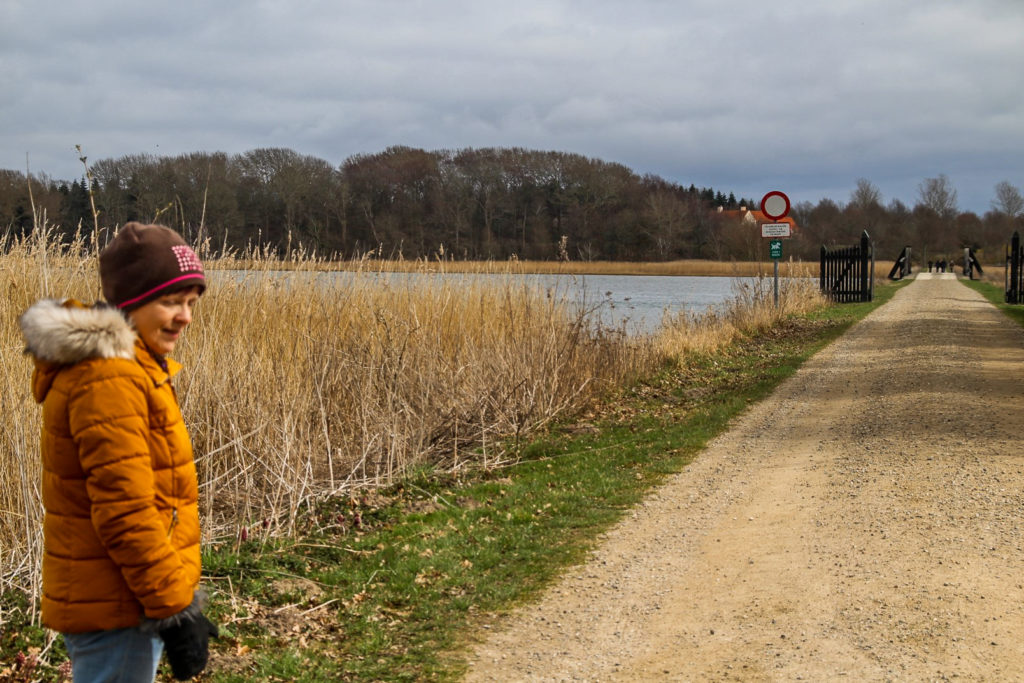
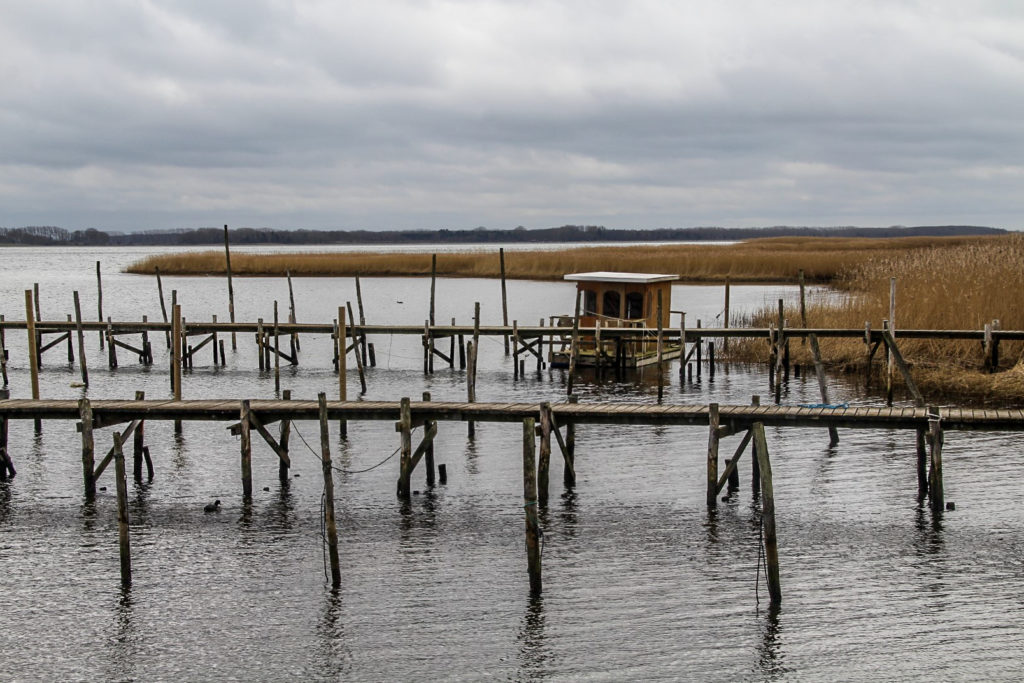
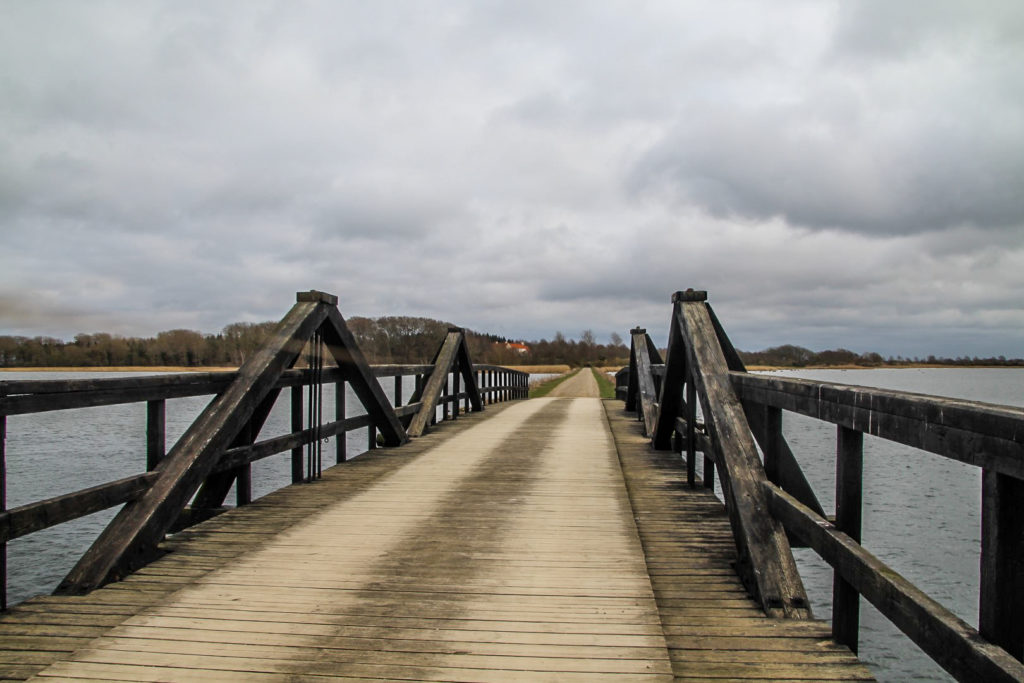

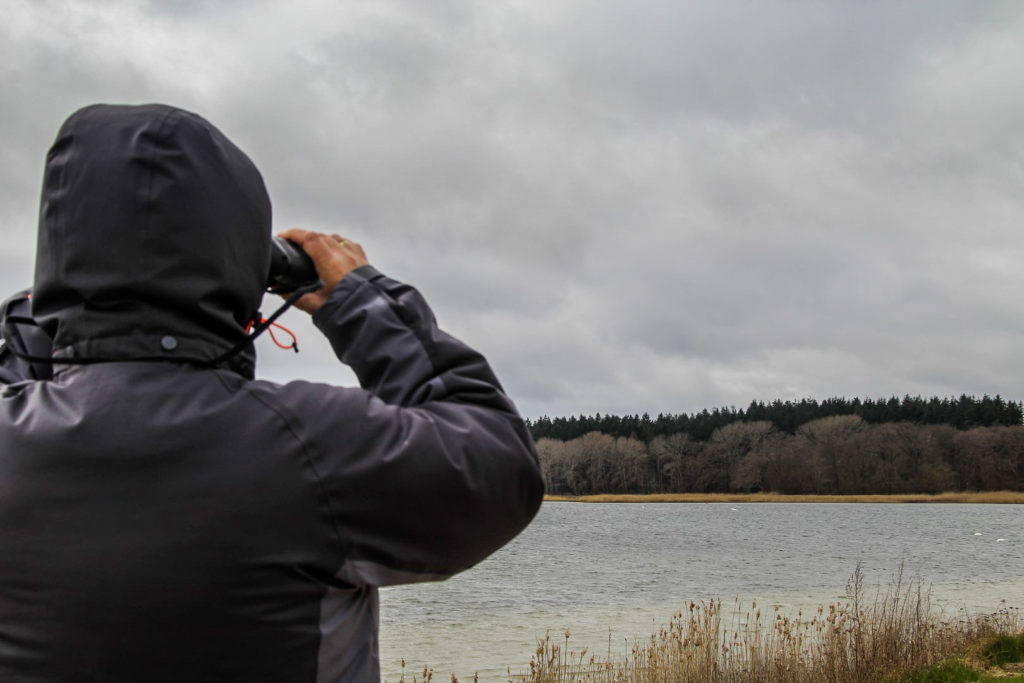
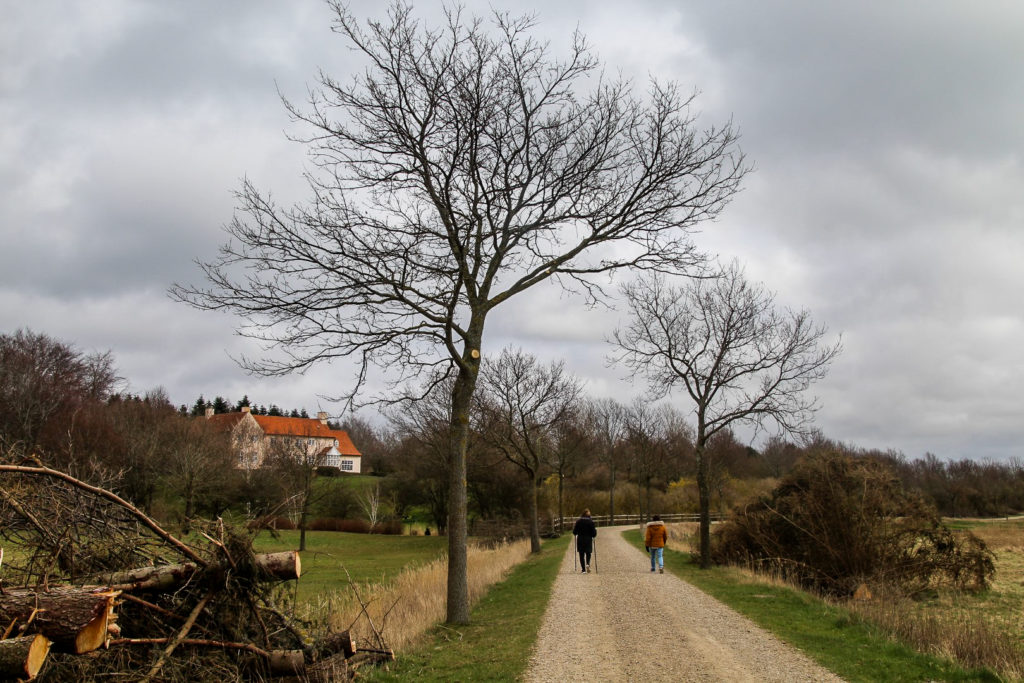
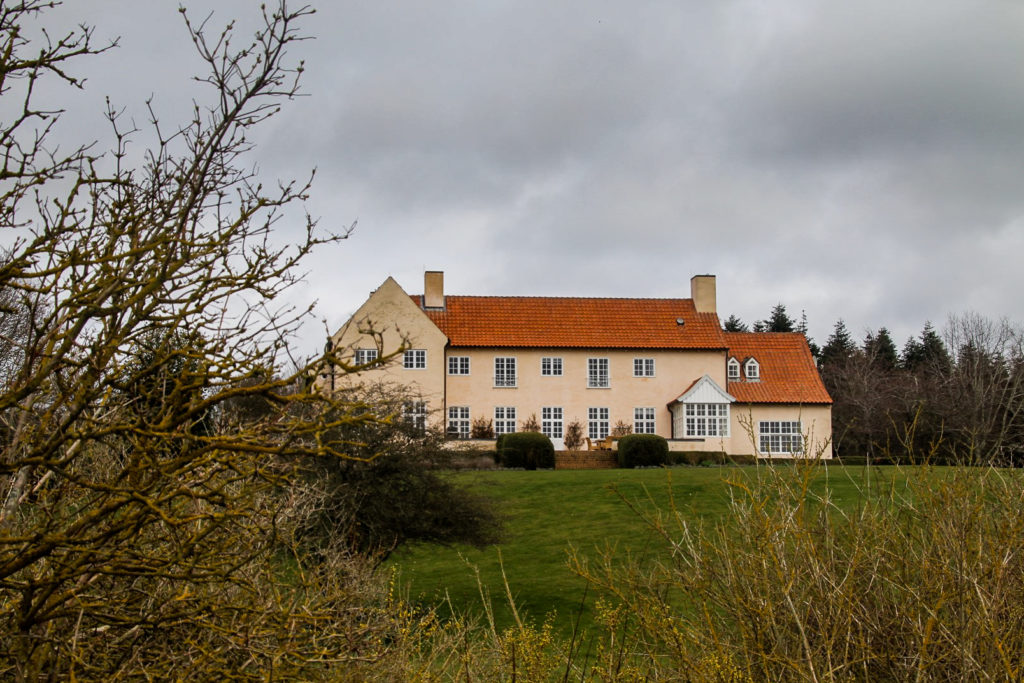
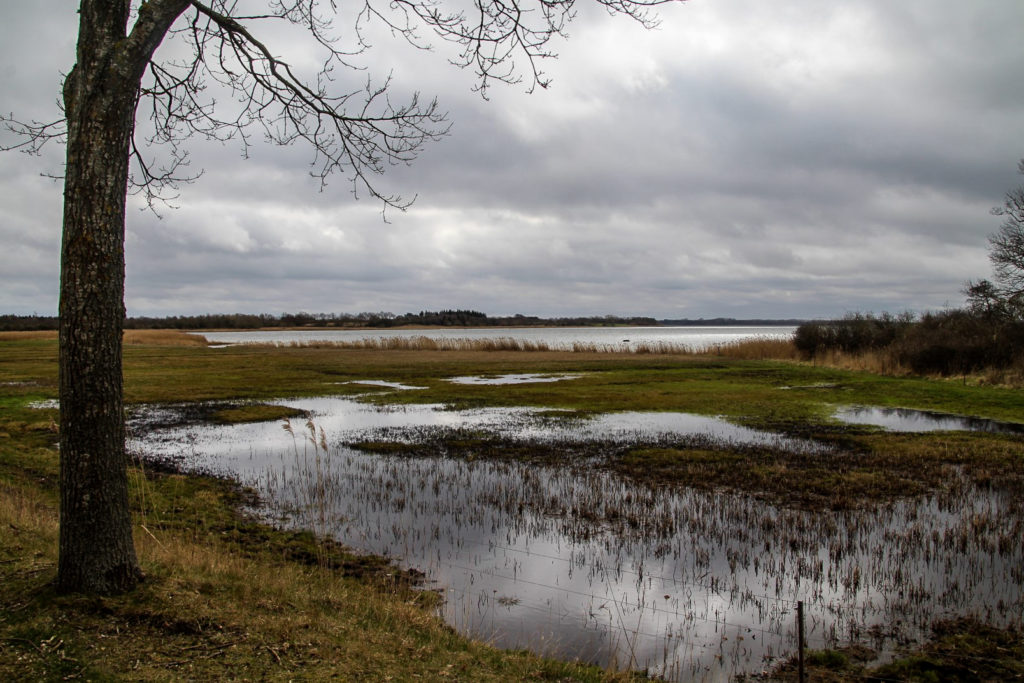
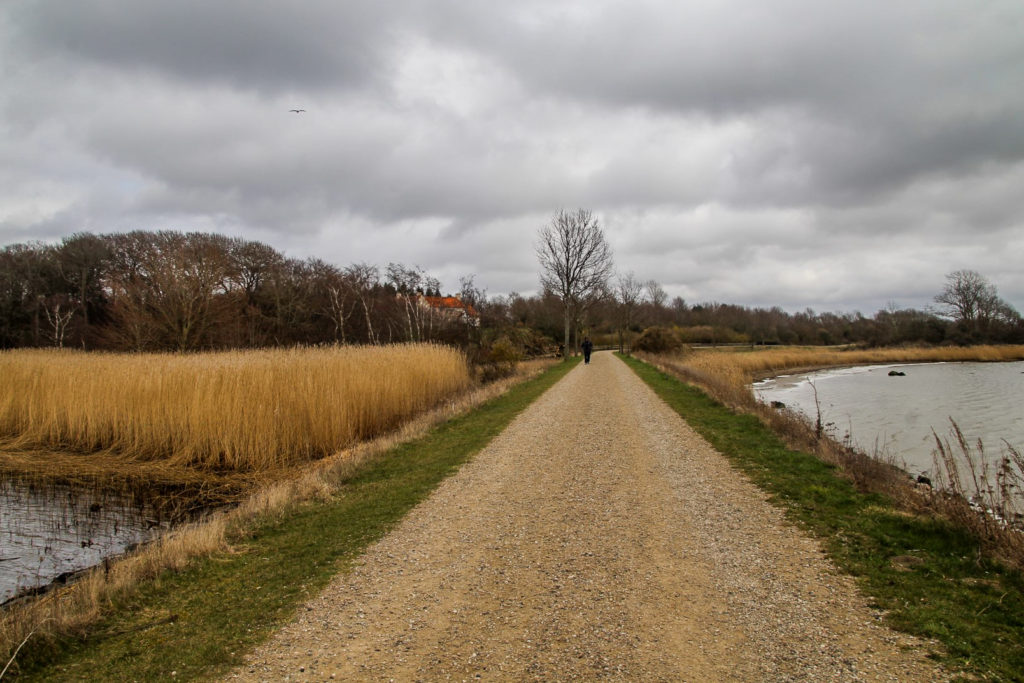
Langø was our last stop for the day before driving back home via Zealand, Masnedø and Falster. We ordered take-away at a local fastfood restaurant in Rødbyhavn and spent the evening playing yatzy (which I lost…) and watching a film. It was lovely to actually spend my birthday with my family this year, something I haven’t done many times since I started my travel lifestyle.

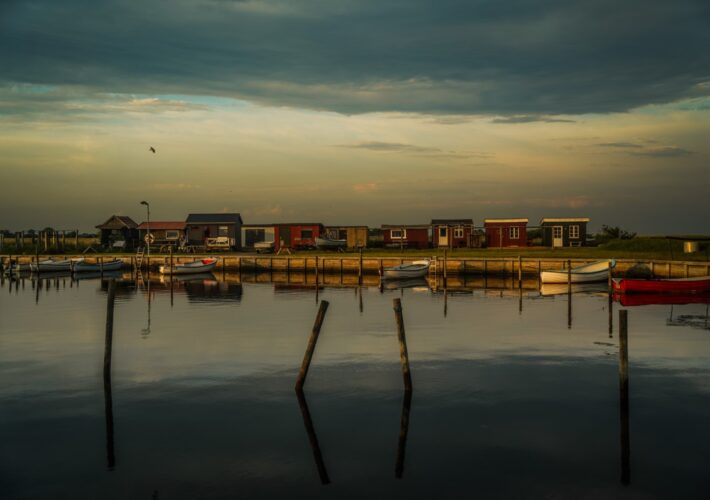
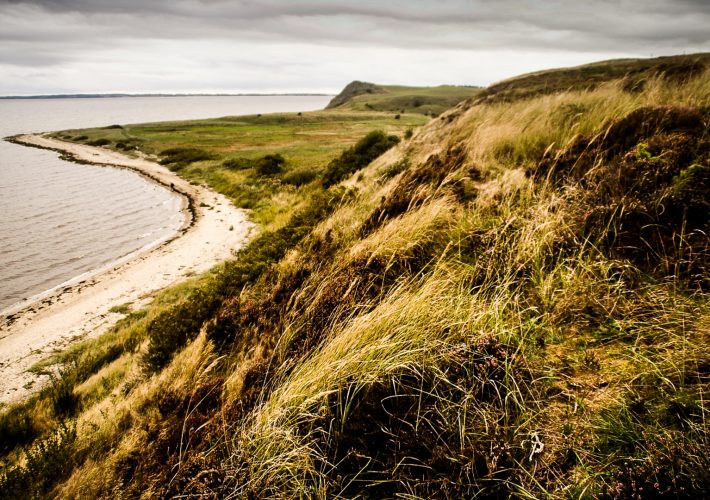
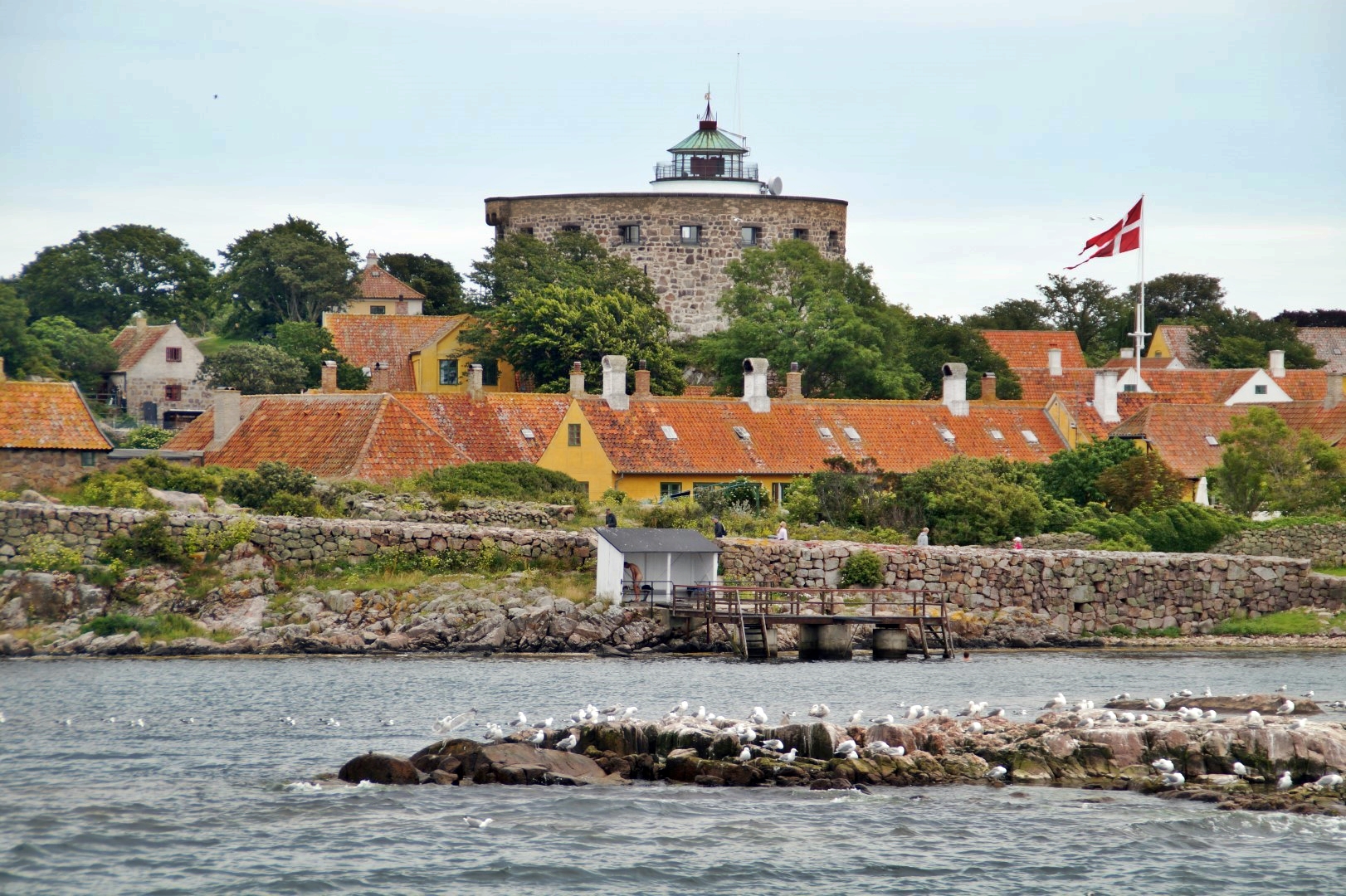

Leave a Comment